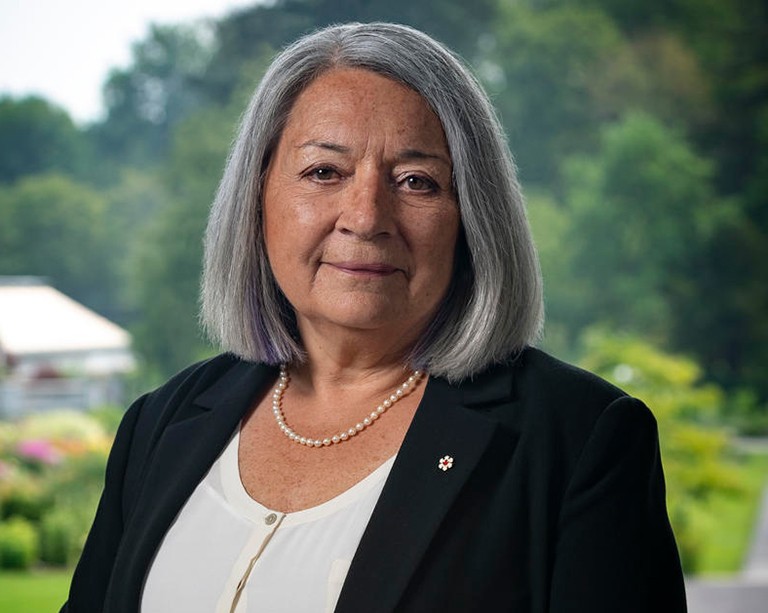Black History Month exhibition showcases archival images of everyday life in the Caribbean

From the Archives to the Everyday: Caribbean Visualities and Meanings is on display in Concordia's Webster Library throughout February. The photo exhibition is curated by Christiana Abraham, part-time professor in the Department of Communication Studies, in collaboration with the Centre International de Documentation et d’Information Haïtienne Carïbéenne & Afrocanadienne (CIDIHCA), Concordia Library and the CCSU (Concordia Caribbean Students Union).
Histories, narratives and imaginaries
When I first came across this fascinating series of photographs at the archives of the Montreal-based CIDIHCA, I was mesmerized by their originality.
Many of the photographs came from family collections donated by individuals. Viewed as a collection, they presented the Caribbean in views not often seen.
Dating from the 19th century onwards, the historic and vintage images document the day-to-day lives of people from a number of islands throughout the Caribbean region.
They show people taking part in everyday activities: celebrating marriages, at parties, laughing, working, relaxing at the pond… I knew immediately that this treasure trove of representations should not only be shown, but their functioning should also be studied.
My own interest in the images is linked to the seminal work that photographs have performed in driving histories, narratives and imaginaries of the Caribbean over time.
Photography and forms of artist renderings have played an essential role in shaping histories of the region through competing narratives formed largely by European conquest, imperialism, colonialism, global linkages, Creolity and hybridity.
These representations have operated as historical, cultural narratives of colonization, slavery, plantation society, resistance, decolonization and its aftermaths. In this contest, particular frames have been given precedence over others, allowing the region to be known through prioritized narratives. Through it all, the absence of particular tropes has also been glaring, and this collection of photographs responds by representing lives from the perspective of the internal gaze.
The more I combed through these photographs, the more I thought of their meanings. How would these images function as texts when they moved out of archival spaces into contemporary circulation and mingled in the ubiquitous world of representations that circulate in everyday life? How would different viewers interpret them?

Exhibition and research
We therefore designed this exhibition with an audience research component featuring an experimental, interpretive, qualitative research methodology where selected participants (Caribbean/Diaspora youth) discuss what the photos mean to them.
The research (which is ongoing) features group and individual interviews conducted with young people who are asked to share their interpretations of the photographs.
Insights generated from the interviews inform the visual framing through which the exhibition has been presented, a departure from privileging a curator’s perspective in framing photographs, to prioritizing the meanings that the pictures generate among those looking, and their endless possibilities.
The variety of these meanings given to the individual photographs include familiarity with some of the image framings. Some offer novel interpretations, while others offer oppositional readings of the photographs. In interpreting the photos, participants used a variety of techniques such as drawing from established knowledges, using popular culture, humour or sarcasm in engaging with these photographs.
I have found that this approach offers some insight into the process of exploring the interface between the past and the present that enables these images to function. The process also shows ways in which images generate layers of meanings that inform new frameworks for interpreting the past and the present.
Archival images do in fact live!

About the photographs
These black and white, and sepia-colored portraits by a variety of photographers (some unknown) offer a range of views and settings of Caribbean life in the late 1800s through the early 20th century. These were the post-emancipation, colonial and pre/post-Independence periods. The images offer a complex, dynamic view of the lived Caribbean in motion.
See the exhibit, From the Archives to the Everyday: Caribbean Visualities and Meanings, at Concordia’s Webster Library until February 28.


